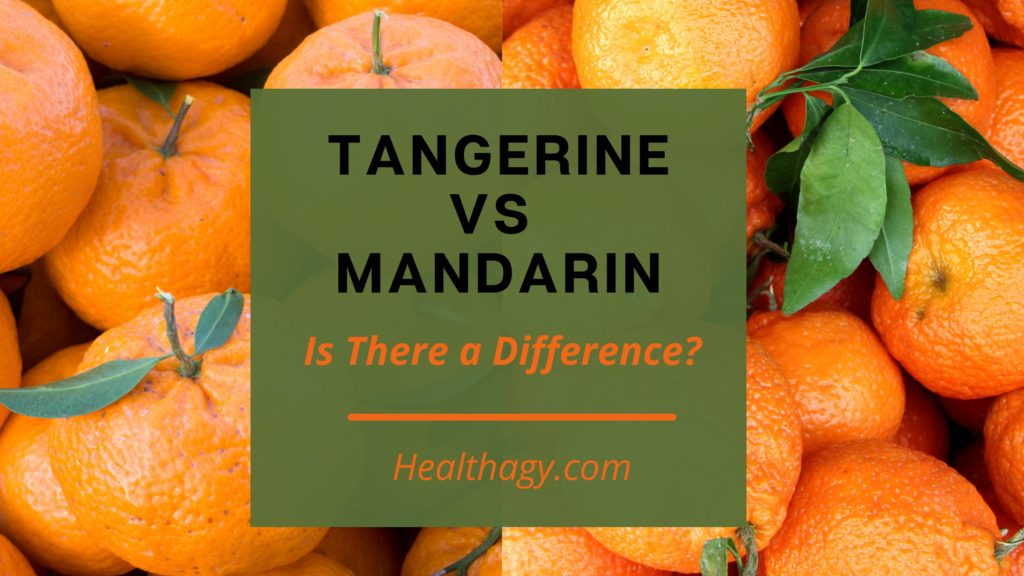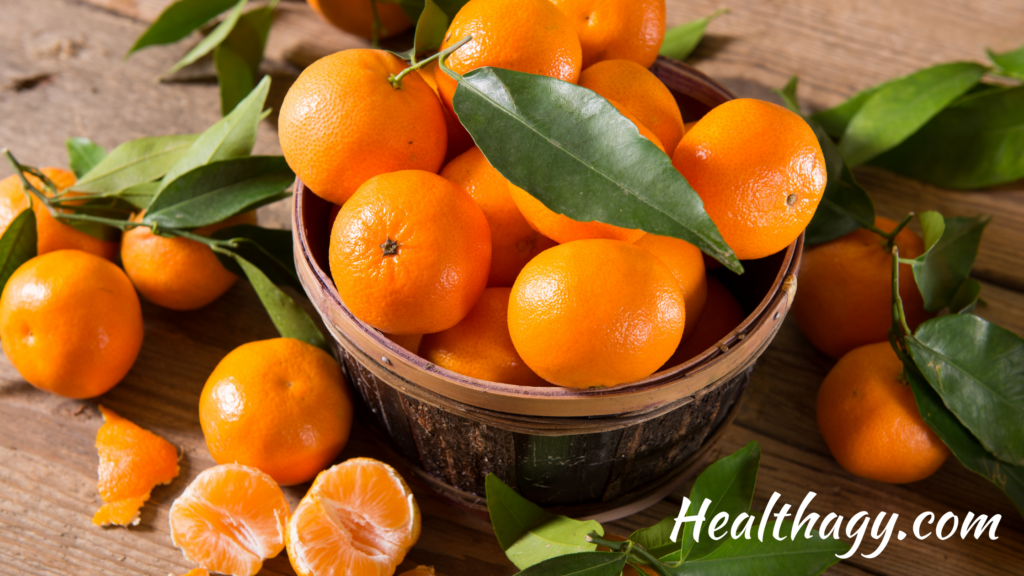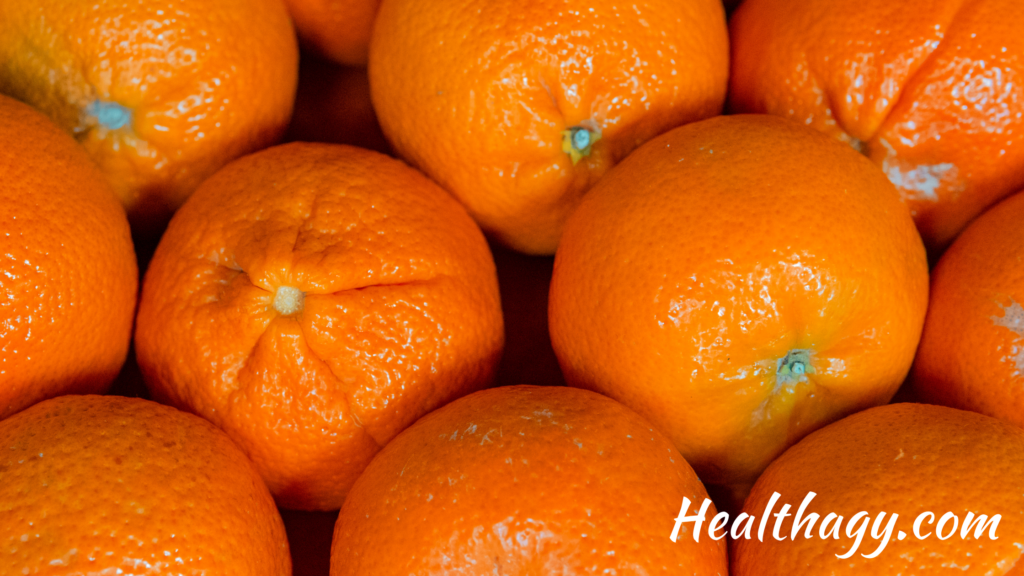
Citrus fruits, particularly varieties of oranges, are a favorite of many Americans. However, as common as the many varieties of oranges there are, the orange citrus family can be a bit confusing with so many varieties.
In this post, we’ll look at two snack favorites that are easy to eat on the go, tangerines vs mandarins. Are they the same? Do they have differences? We’ll dive into all that and more. Keep reading!
Key Differences: Tangerine vs Mandarin
The main difference between what we commonly call tangerines and mandarins is that a “tangerine” has a more tart taste along with deeper reddish-orange skin color than the common mandarin.
Mandarins have orange smooth, glossy skin. While tangerines have orange pebbly skin.
All tangerines are mandarins. Tangerines are a subgroup of mandarin oranges and the most popular type of the mandarin varieties.

What are Mandarins?
Mandarin oranges are a type of orange that is thought to have actually been the originator of the many offspring and hybrid citrus oranges that have descended from it, including what we now know as the common orange. One way to think of mandarins is as the “grandmother” of the group of orange citrus fruits.
Mandarins are smaller and sweeter than oranges. They have smooth, glossy skin with a deep orange color. They are distinguishable by their flat ends, kinda like a pumpkin shape, which allows them to sit rather than roll like other round oranges.
Mandarins are easy to peel and make a delicious snack on the go.

What are Tangerines?
Tangerines are a type of mandarin orange and the most popular of the mandarin variety. When ripe, its skin becomes firm to slightly soft, with orange pebbly skin, making it easy to peel and the perfect snack.
Tangerines are bright orange, with slightly tough skins, with thinner skin around the juicy edible parts. The taste of the tangerine fruit is a sweet flavor and less sour than an orange. Tangerines are typically a little larger than a regular mandarin orange.
Fresh tangerine is often enjoyed as a snack in salads, salad dressings, or desserts. Fresh and dried tangerine peels make a favorable spice for cooking and baking.
The tangerine orange has a peak season from autumn to spring.
Health and Nutritional Benefits from Mandarins and Tangerines
The health benefits of mandarins, tangerines and other orange citrus fruits will be very similar. So it’s best to let your taste buds decide which variety you will enjoy most!
Not only do mandarins satisfy a sweet tooth, but they are also a quick and easy snack. They are loaded with vitamins, minerals, and antioxidants, which help neutralize free radicals and support your body to function at its best.
A few notable benefits found in mandarins are:
Mandarins are a great source of beta carotene. Beta carotene is what gives mandarins their rich orange color. Mandarin oranges may have more beta carotene than regular oranges. Your body turns beta carotene into vitamin A, supporting a healthy immune system and eyesight.
They are also a good source of vitamin C, which helps support a healthy immune system and healthy skin.
Mandarins are a great addition to any healthy diet as plant-based foods have been shown to improve overall health.
The Mandarin and Orange Citrus Fruits Family
Botanicallyan orange does not just one type of fruit, but it is a collection of various citrus species in the family Rutaceae. Much like there are hundreds of varieties of apples, there are many different types of oranges. We’ll break down a few of the main ones you may find at your grocery stores below.
- Mandarin: The mandarin is believed to be the original species from which what we now know of as the common orange descended. Mandarins are typically smaller and sweeter than oranges, they also have a slightly flattened round shape (like a tiny, soft pumkin without a stem). They have thin skin, along with being loose skin, it makes them easy to peel.
- Orange: There are several orange varieties such as: the sweet orange, Valencia orange, navel oranges, and blood oranges. These are believe to have originated as a hybrid of the pomelo and mandarin orange. They tend to have a thick skin, rind, bitter pith, and sweet-tart flesh. The Valencia oranges are the most popular oranges for orange juice and are often thought of as a common orange.
- Tangerine: Tangerines are a group of mandarin-pomelo hybrids with several varieties, which may also include tangerine-grapefruit hybrids sold as tangerines as well. Tangerines have slightly tougher skin, and their flavor is a little less sweet.
- Tangelo: Of the small oranges, the tangelo is one of the larger ones. It is believed to be a hybrid of a the tangerine or mandarin and a pomelo or grapefruit. It typicly tastes more tangy than a mandarin, and has a unique characteristic of a nipple-like shape at the top.
- Clementine: Clementine oranges are the smallest variety of mandarin oranges. As the smallest member of the mandarin family, these tiny fruits have been popularized by the brand name “Cuties.” Clementines have a super sweet taste While being a seedless fruit, with a very thin rind and pith. Given their smaller size, you can fit a couple in the palm of your hand, making them a cute and fun snack along with their leathery, looser skins making them very easy to peel.
- Satsuma: The satsuma is believed to be a mandarin-pomelo hybrid. It is one of the sweetest of the citurs fruits and the most delicate and tender of the mandarins.
Key Takeaways
There are a variety of orange citrus fruits that all belong to the group “mandarins.” Mandarins are the original orange citrus fruit that has developed into several different hybrid varieties. All having their own unique citrus taste and appeal, they make a great snack, and most varieties are easy to peel.
Karla Kueber is a Certified Evidence Based EFT Practioner and Health Coach, with a double Masters Degree in Education. She works with people to overcome emotional eating, curb cravings, and overcome resistance to eating new healthy foods. You can learn more about coaching with her here.